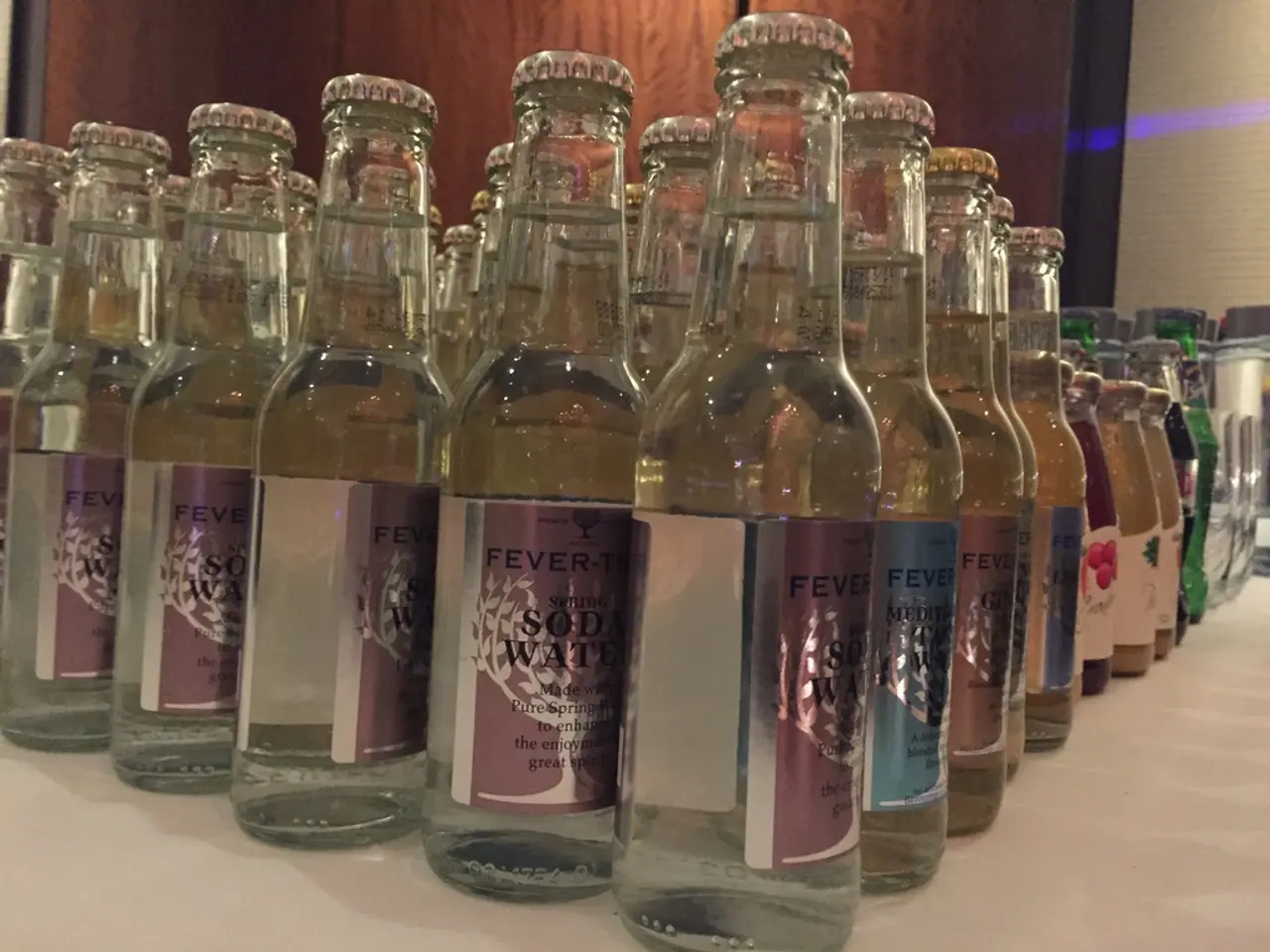Swapping Traditional Oil Fractional Distillation for Microporous Polyimine Membrane Separation Methods
A revolutionary approach to crude oil processing might soon be on the horizon, courtesy of Tae Hoon Lee and his team. Instead of the traditional fractional distillation column that involves high energy consumption, they've tinkered with ultra-microporous polymer membranes, inspired by reverse-osmosis filtration. This innovative method could potentially eliminate the heating process, drastically saving energy.
At the heart of this modification is the substitution of conventional polyamide films with robust polyimine films. The former are prone to swelling when exposed to organic solvents, rendering them less effective. In contrast, polyimine exhibits superior chemical stability and resists swelling, making it ideal for handling hydrocarbons.
In lab tests, the new membrane expertly split components like toluene and triisopropylbenzene, concentrating toluene by a factor of 20. Even when faced with industrial blends such as naphtha, kerosene, and diesel, it managed to separate them based on molecular size.
While this is an encouraging development, it's important to remember that these findings are still from small-scale lab tests. The real test lies in whether this method can scale up to match the flow rates and endurance required to replace a distillation column. With funding from the fossil fuel industry, it's hoped that we'll see some field trials soon, setting the stage for a promising future in oil refining.
Enrichment Data:- The membranes sport imine bonds instead of the usual amide bonds, enhancing their chemical stability and resistance to swelling.- Triptycene molecules were utilized to create precision-sized pores in the membrane, enabling selective passage of smaller hydrocarbon molecules while maintaining structural integrity.- In experiments, the membrane effectively separated various components, including toluene and diesel fractions, showcasing high efficiency.- The manufacturing process aligns with existing industrial methods in water treatment, suggesting an easy transition to oil refining.- Potential benefits include significant energy savings, reduction in carbon emissions, cost savings, sustainability improvements, and modular refining capabilities.
The innovative membrane technologies developed by Tae Hoon Lee's team could potentially revolutionize both the environmental-science and finance sectors. With the ability to efficiently separate various hydrocarbon components while maintaining structural integrity and energy savings, this technological advancement aligns with the focus on sustainability improvements and reduced carbon emissions in the industry. As the membranes undergo field trials with funding from the fossil fuel industry, prospects of significant cost savings, modular refining capabilities, and a promising future in oil refining are on the horizon.




